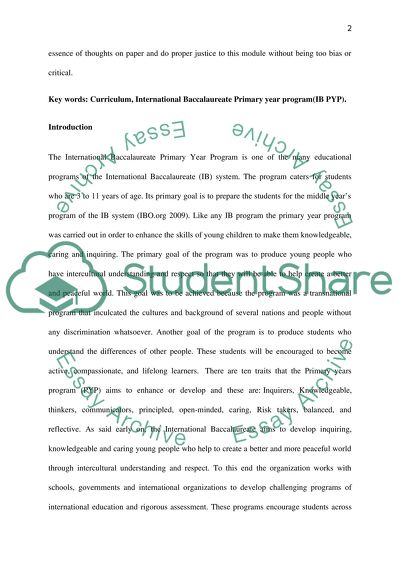Cite this document
(“International baccalaureate primary-year-program Essay”, n.d.)
Retrieved from https://studentshare.org/education/1419626-international-baccalaureate-primary-year-program
Retrieved from https://studentshare.org/education/1419626-international-baccalaureate-primary-year-program
(International Baccalaureate Primary-Year-Program Essay)
https://studentshare.org/education/1419626-international-baccalaureate-primary-year-program.
https://studentshare.org/education/1419626-international-baccalaureate-primary-year-program.
“International Baccalaureate Primary-Year-Program Essay”, n.d. https://studentshare.org/education/1419626-international-baccalaureate-primary-year-program.


